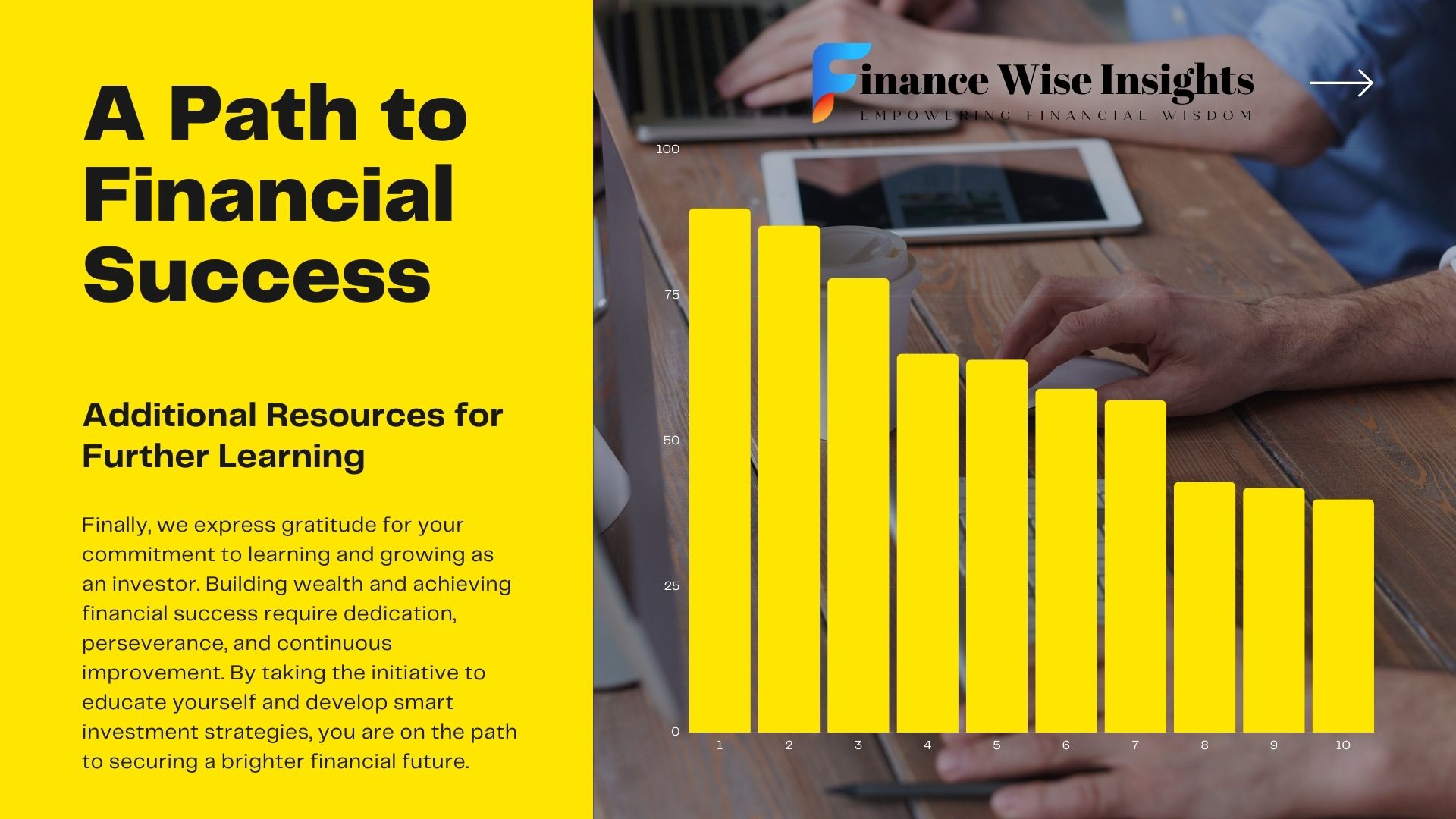How to Manage Risks and Protect Your Investments with a Beginner
Throughout the chapter, we emphasize the significance of financial education and staying informed about investment principles and strategies. We discuss the importance of continuously learning, seeking advice from professionals, and understanding the factors that drive investment returns. By being knowledgeable and well-prepared, you can make informed investment decisions and avoid common psychological pitfalls. How to Manage Risks and Protect Your Investments with a Beginner
Chapter 14: Risk Management: Protecting Your Investments
Chapter 14 of “Smart Investment Strategies: Maximizing Income and Growing Assets” explores the critical aspect of risk management in investment. Effective risk management helps protect your investments from potential losses and ensures the long-term sustainability of your portfolio.
We begin by discussing the concept of risk and its role in investing. Risk refers to the possibility of loss or deviation from expected returns. We explore different types of investment risks, including market risk, interest rate risk, credit risk, inflation risk, and liquidity risk. By understanding these risks, you can implement strategies to manage and mitigate them effectively.
Next, we delve into the importance of diversification as a risk management strategy. Diversification involves spreading investments across different asset classes, sectors, and geographic regions to reduce exposure to any single investment. We discuss the benefits of diversification in managing portfolio risk and provide guidance on how to create a well-diversified portfolio.
Furthermore, we discuss the concept of risk-adjusted returns. It’s not only about maximizing returns but also achieving returns in relation to the level of risk taken. We explore different risk-adjusted performance measures, such as the Sharpe ratio and the Treynor ratio, which help evaluate the efficiency of an investment in generating returns considering the level of risk involved.
Additionally, we explore the importance of conducting due diligence and research before making investment decisions. We discuss the significance of analyzing the fundamentals of individual investments, evaluating their historical performance, and understanding the factors that can impact their future prospects. We also highlight the importance of staying informed about economic trends, market conditions, and geopolitical events that can influence investment risks.
Throughout the chapter, we emphasize the importance of risk tolerance and aligning your investments with your risk tolerance level. Risk tolerance refers to your ability to withstand investment losses and fluctuations in value. We provide guidance on assessing your risk tolerance and how to ensure your investments are in line with your comfort level.
By the end of Chapter 14, you will have gained a comprehensive understanding of risk management in investment. You will have learned about different types of investment risks, the benefits of diversification, risk-adjusted returns, conducting due diligence, and aligning investments with your risk tolerance. Armed with this knowledge, you will be well-equipped to protect your investments and navigate the ever-changing landscape of investment risks.
Please let me know if you would like me to continue with Chapter 15 or if there’s anything else I can assist you with!
Chapter 15: Investor Psychology: Mastering Your Mindset
Chapter 15 of “Smart Investment Strategies: Maximizing Income and Growing Assets” explores the fascinating field of investor psychology and the role it plays in successful investing. Mastering your mindset and understanding common behavioral biases can significantly impact your investment decisions and long-term financial success.
We begin by discussing the concept of investor psychology and how emotions can influence investment behavior. We explore the impact of fear, greed, and herd mentality on investment decisions and the potential consequences of making decisions driven by emotions rather than rational analysis.
Next, we delve into common behavioral biases that can affect investment decision-making. We discuss biases such as confirmation bias, where individuals seek information that confirms their existing beliefs, and recency bias, where recent events have a disproportionate impact on decision-making. We also touch upon biases like loss aversion, anchoring bias, and overconfidence bias, among others. Understanding these biases can help you recognize them in your own decision-making process and take steps to mitigate their impact.
Furthermore, we explore the importance of having a disciplined investment approach. We discuss the benefits of having a long-term perspective, setting clear investment goals, and sticking to your investment plan even during periods of market volatility. We provide guidance on how to manage emotional impulses and make rational investment decisions based on thorough analysis and careful consideration.
Additionally, we address the concept of market timing and its challenges. Timing the market involves attempting to buy investments at the lowest prices and sell them at the highest prices. We discuss the difficulties of successfully timing the market consistently and the potential risks of making investment decisions based on short-term market movements.
Throughout the chapter, we emphasize the significance of financial education and staying informed about investment principles and strategies. We discuss the importance of continuously learning, seeking advice from professionals, and understanding the factors that drive investment returns. By being knowledgeable and well-prepared, you can make informed investment decisions and avoid common psychological pitfalls.
By the end of Chapter 15, you will have gained a comprehensive understanding of investor psychology and its impact on investment decisions. You will have learned about common behavioral biases, the importance of disciplined investing, and the challenges of market timing. Armed with this knowledge, you will be well-equipped to master your mindset, make rational investment decisions, and navigate the complex world of investing with confidence.
Congratulations on completing the book, “Smart Investment Strategies: Maximizing Income and Growing Assets”! I hope you found this comprehensive guide helpful in developing your personal financial management skills. Remember, investing is a journey that requires continuous learning and adaptability. Wishing you success in your investment endeavors and a prosperous financial future!
If you have any further questions or if there’s anything else I can assist you with, please let me know!

Conclusion: A Path to Financial Success
In the conclusion of “Smart Investment Strategies: Maximizing Income and Growing Assets,” we reflect on the knowledge and insights gained throughout the book. We emphasize the importance of taking a holistic approach to personal financial management, combining smart investment strategies with effective risk management, tax planning, and retirement planning.
We recap the key concepts covered in each chapter, from understanding different types of investments to evaluating risk and return, diversification, retirement planning, tax planning, and the role of investor psychology. By implementing the strategies and principles discussed in this book, you will be well-prepared to navigate the complex world of investing and work towards achieving your financial goals.
We highlight the significance of setting clear financial goals and regularly reviewing and adjusting them as your circumstances change. Financial success requires a proactive and disciplined approach, with a focus on long-term wealth accumulation and preservation.
Additionally, we encourage readers to continue their financial education and stay informed about economic trends, market conditions, and regulatory changes that may impact their investment decisions. By staying up to date with the latest developments, you can adapt your strategies and make informed choices that align with your financial objectives.
Finally, we express gratitude for your commitment to learning and growing as an investor. Building wealth and achieving financial success require dedication, perseverance, and continuous improvement. By taking the initiative to educate yourself and develop smart investment strategies, you are on the path to securing a brighter financial future.
Thank you for joining us on this journey through “Smart Investment Strategies: Maximizing Income and Growing Assets.” We hope the knowledge gained from this book serves as a valuable resource as you navigate the world of personal financial management and work towards your financial goals.
Remember, investing is a dynamic and evolving process. It’s essential to adapt to changing market conditions, reassess your investment strategy periodically, and seek professional advice when needed. By doing so, you can position yourself for long-term financial success and achieve your dreams.
Wishing you all the best in your financial endeavors!
If you have any further questions or if there’s anything else I can assist you with, please let me know!
Appendix: Additional Resources for Further Learning
In the appendix of “Smart Investment Strategies: Maximizing Income and Growing Assets,” we provide a curated list of additional resources that can further enhance your understanding of personal financial management and investment strategies. These resources include books, websites, podcasts, and online courses that cover various aspects of investing, risk management, tax planning, and retirement planning.
We understand that personal financial management is a vast and ever-evolving field, and there is always more to learn. The resources listed in this appendix serve as valuable references to deepen your knowledge and stay informed about the latest trends and strategies in the financial world.
The appendix also includes a glossary of key terms and concepts used throughout the book. This glossary provides concise definitions and explanations, serving as a handy reference guide when encountering unfamiliar terminology in your financial journey.
We encourage you to explore these additional resources and continue your financial education. By continuously learning and expanding your knowledge, you can stay ahead of the curve and make informed decisions that maximize your income and grow your assets.
Thank you for accompanying us on this educational journey through “Smart Investment Strategies: Maximizing Income and Growing Assets.” We hope that the combination of the book’s chapters and the additional resources provided in the appendix will empower you to take control of your financial future and achieve your goals.
Remember, financial success is a lifelong journey. Regularly review your financial plan, adapt to changing circumstances, and seek professional advice when necessary. By maintaining a proactive and informed approach, you can navigate the complexities of personal financial management and build a solid foundation for a secure and prosperous future.
We wish you all the best in your financial endeavors!
If you have any further questions or if there’s anything else I can assist you with, please let me know!

